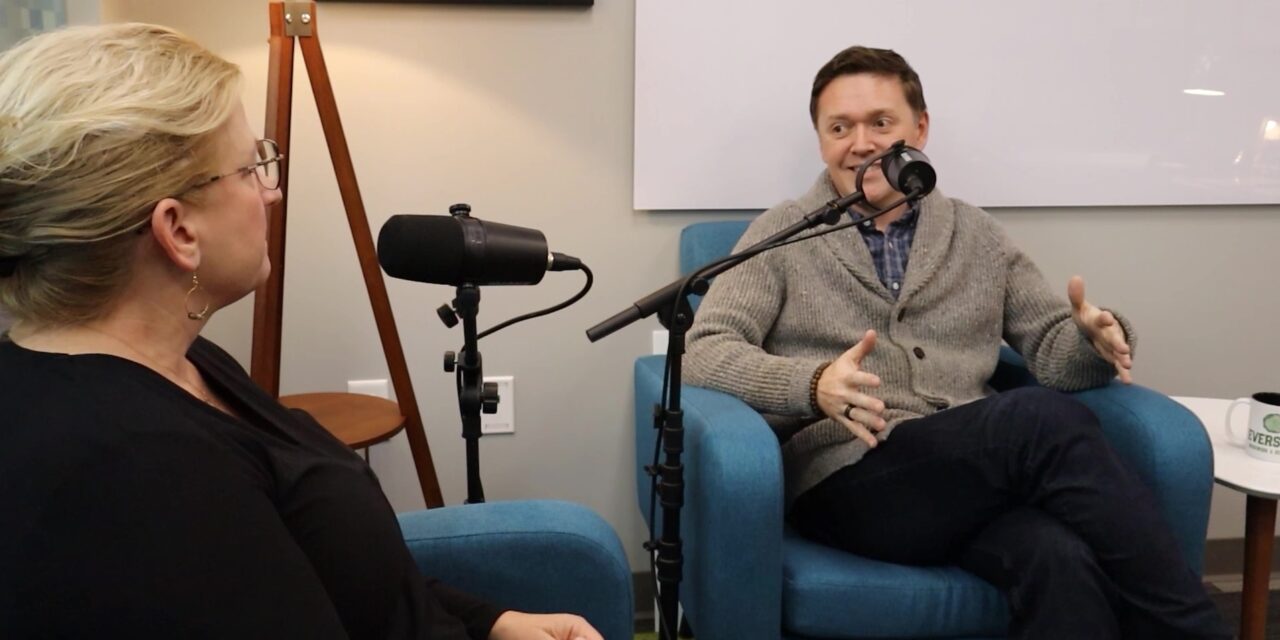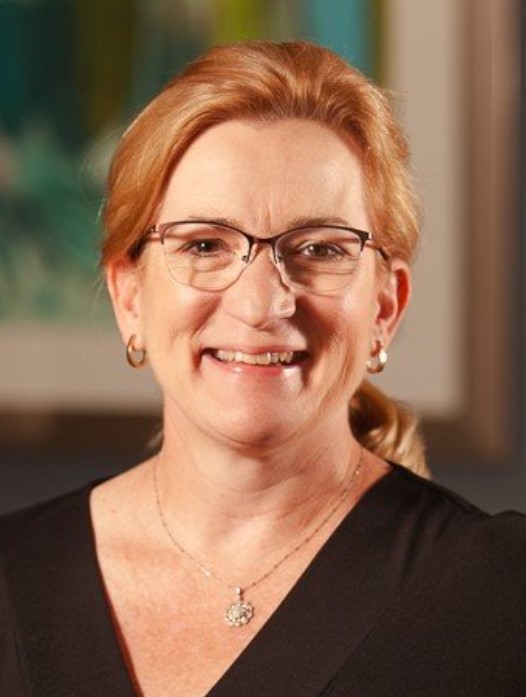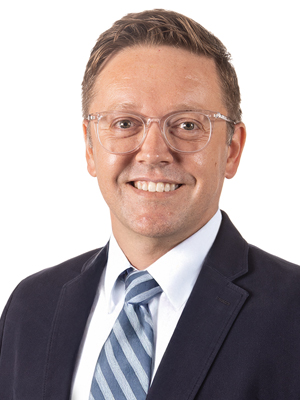Medicaid funding cuts in 2025 are creating significant challenges across senior living, threatening not only the cost of senior care but also access, provider reimbursement, and long-term sustainability. As funding structures shift and pressures rise, the potential impact on individuals receiving care, and the teams supporting them, is substantial.
Direct Supply is committed to helping providers navigate this uncertainty—advocating for fair, sustainable policy, delivering cost-saving strategies, and scaling forward-thinking technology to support operational efficiency, financial stability, and better outcomes across care environments.
The current challenge
Medicaid remains the primary funding source for more than 70% of residents in skilled nursing communities and plays a vital role in supporting services across assisted living, home care, and other long-term care settings. But as Congress debates significant funding cuts to the Medicaid program, they are focusing on provider tax provisions that could deliver serious funding reductions to America’s seniors and their caregivers.
For providers already delivering care below cost, that kind of reduction directly threatens financial stability, care continuity, and the dedicated teams who support residents every day.
How value-based care and private payers are shaping senior living
Beyond direct cuts, care funding is increasingly flowing through Medicaid managed care and Medicare Advantage plans, shifting oversight from public entities to private insurers. While these models offer flexibility, they often prioritize cost containment in ways that do not always align with the realities of delivering high quality care. This shift toward private payers and value-based care models in healthcare places additional financial and operational pressure on senior living providers, especially in the wake of Medicaid cuts. Many communities are grappling with the impact of Medicaid cuts, which have compounded longstanding challenges tied to senior living Medicaid funding and reimbursement.
As this shift continues, strong partnerships with private payers are becoming more critical. Providers are being asked to demonstrate how their outcomes, innovations, and services create measurable value, improving resident well-being, supporting care teams, and helping payers achieve efficiency goals.
Innovation and technology as a response to Medicaid and Medicare cuts
There is growing recognition among payers that innovation can drive better outcomes and lower costs. Simple solutions—like anti-rollback devices for wheelchairs—can help prevent injuries and avoid costly hospitalizations, benefiting both residents and the bottom line. In the face of federal cuts to Medicaid and Medicare, innovation becomes not just beneficial, but essential. For skilled nursing communities, technology can bridge the gap caused by declining reimbursement and cutting Medicaid funding initiatives.
At Direct Supply, we’re seeing increasing engagement from private payers interested in smart equipment, home-based technology and streamlined formularies that reduce rehospitalizations and enhance safety. These conversations present a critical opportunity to help build a more resilient, sustainable system for senior living.
Liz Jensen
Clinical Director
“Are we incentivizing and motivating for the outcomes we desire? In my 30 years of experience, CMS has missed the mark. Prioritizing regulatory compliance and overly complex, and underfunded reimbursement mechanisms make it difficult for providers, and CMS, to achieve more. Value-based care, aligns incentives to desired outcomes and reduces cost of healthcare, but it won’t work if regulatory oversight doesn’t change, or is too late to protect providers.
Incentivizing for outcomes, not process, and re-working regulations can motivate stakeholders to connect actions to the right things—the right outcomes, the right care, the right types of things we’re trying to do—those things don’t have to be mutually exclusive. They can work in tandem together, and we can get good outcomes and still save money.“
Senior care advocacy in the wake of Medicaid cuts
The debate over Medicaid isn’t just about funding—it’s about the future of care. Any reduction in Medicaid, whether labeled a provider tax adjustment, block grant or rate shift, ultimately translates to fewer resources for those who need them most. Senior care advocacy has never been more urgent. Reductions in federal funding for Medicaid threaten long-term stability, particularly for communities reliant on long term care Medicaid reimbursements.
That’s why Direct Supply continues to advocate for the providers we serve, making sure their voices are heard at every level. Through targeted, intentional efforts, we’re helping to spotlight the true impact of policy decisions—and fighting to protect the future of senior living. Read about our advocacy efforts.
How Direct Supply is responding and what we can do to help
1. Advocacy efforts to address Medicaid and Medicare cuts
Our Government Relations team is focused on protecting providers from the real-world impacts of cuts to Medicaid and Medicare by championing smart, sustainable policy. They are leading proactive, focused efforts to ensure the needs of senior living providers remain front and center as key policy and funding decisions are made in Washington. We’re fighting for what’s right—and making sure our customers’ voices are heard when it matters most.
2. Supporting senior living providers with cost-saving solutions
Every day, our teams are showing up with purpose—helping customers focus on what matters most. We work side-by-side with senior living providers to deliver affordable, high-quality solutions that offset the rising cost of assisted living and equipment.
3. Investing in technology to offset the cost of senior living
From AI-powered monitoring to predictive analytics, we help customers manage the cost of senior living while aligning with emerging value based care models in healthcare. These innovations are helping providers lower their cost to serve, allowing more dollars to be reinvested into care and operations.
4. Leading change by partnering with Medicaid stakeholders
As senior living Medicaid models evolve, Direct Supply remains at the forefront—educating, adapting, and collaborating with emerging Medicaid stakeholders to shape sustainable care strategies.
Brian Perry
Vice President, Government Affairs
“But if there is a dollar less flowing into nursing home care or hospital care for America’s seniors, that’s a big, big problem.
And we’re going to stand up and not only say no, but we’re going to try to make it a political point for the constituents of these policymakers—let them know that these voters are not going to take it anymore.”
Frequently asked questions about senior care and Medicaid cuts
What is the cost of assisted living with Medicaid in 2025?
The cost of assisted living continues to rise, and with Medicaid funding cuts in 2025, fewer options may be fully covered without out-of-pocket expenses.
How do Medicaid cuts affect senior care providers?
Cuts reduce reimbursements, forcing senior care providers to find efficiencies or scale back services—potentially impacting care quality.
What is the impact of federal funding cuts to Medicaid?
Federal cuts to Medicaid jeopardize access to care for vulnerable seniors, particularly in skilled nursing and long-term care facilities.
Learn more about Direct Supply’s voice in advocacy and leadership.





